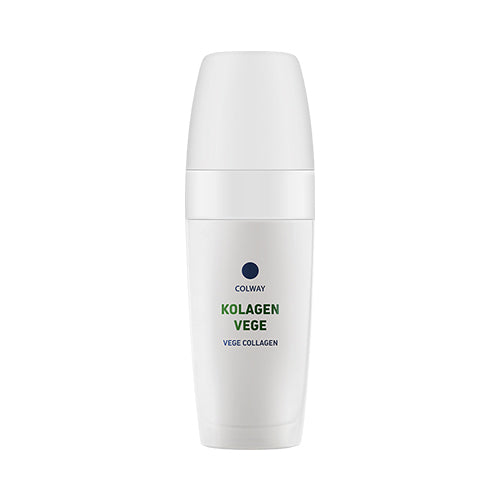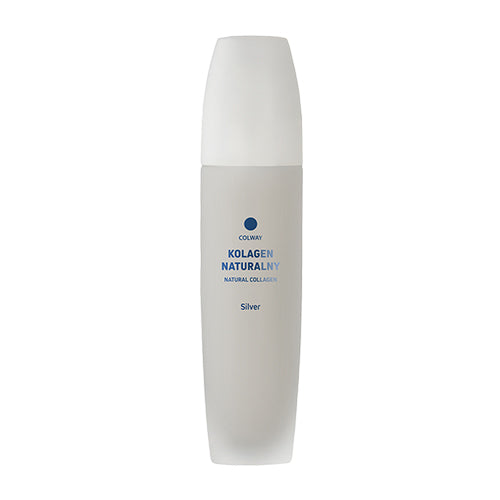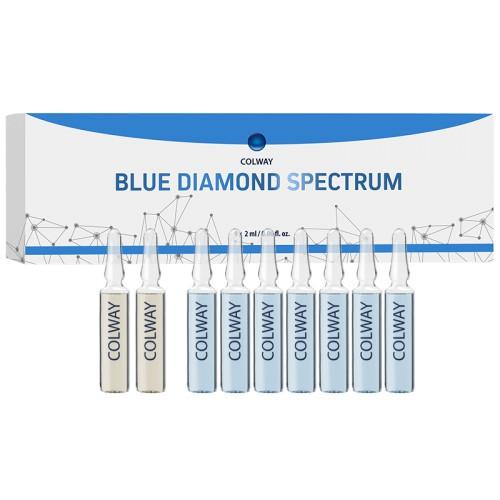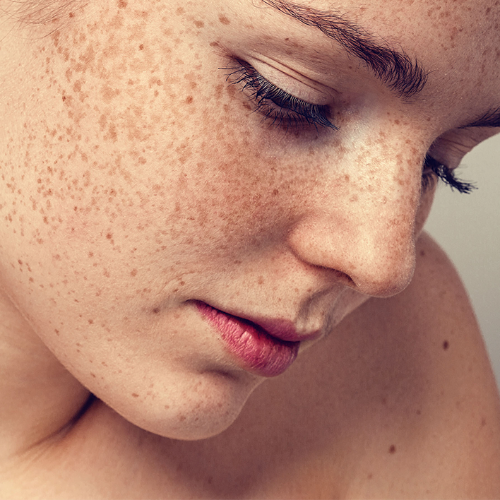How to Get Rid of Dark Spots on the Face
From freckles and age spots to scarring, many things can make your complexion look uneven. While harmless, uneven skin may prompt some people into trying various skin lightening products.
While there are many skin lightening products and solutions on the market, they aren’t all created equal, and some could even be dangerous. Knowing what to look for can help you choose a safe option if you find yourself wanting a more even complexion.
Hyperpigmentation, or “dark spots,” can be caused by acne scars, excessive sun exposure, or hormonal changes. There are a variety of creams and serums that patients can use to help lighten, brighten, and diminish dark areas over time,” he says.
Each of these treatment options come with some risks. Read on to find which option may work best for you.
Hydroquinone creams and serums
Perhaps the most popular solution for skin lightening on a spot-by-spot basis is topical solutions containing hydroquinone.
The U.S. Food and Drug Administration (FDA) limits the concentration of this active ingredient to 2 percent in over-the-counter products and 3 to 4 percent in prescription products. It’s the only ingredient classified as a “bleaching agent” by the FDA.
While deemed safe for use in cosmetic products, the concentration of hydroquinone is limited because it poses greater risks at higher concentrations. In fact, in South Africa, it’s not legal for any use at all. It’s also classified as “expected to be toxic or harmful” in Canada.
The Environmental Working Group says there’s strong evidence that the ingredient is a “human skin toxicant” and also an allergen. There are also concerns that this ingredient could cause cancer, but the existing research is limited.
It’s recommended that people only use products containing hydroquinone on a short-term basis, if at all. If you experience irritation, unusual darkening of the skin, or any other side effects, stop using it immediately.
Retinoid solutions
Products like Retin-A and Renova are an alternate solution. They contain ingredients such as alpha hydroxy acid and retinoic acid, which work to increase cell turnover, speed up exfoliation, and promote new, healthy skin growth.
These ingredients can be considerably drying and make the skin more sensitive to the sun’s rays. If you opt for these solutions, understand that they can take a few months to work. Make sure you wear sunscreen every day.
Laser treatments and peels
A more invasive option for lightening dark spots is laser treatment. It works by targeting dark spots with concentrated light energy, and removes the skin layer by layer. You’re essentially burning the darkened layers of the skin right off.
There are several different types of laser treatment. This solution works faster than topical products. But, needless to say, there are risks.
With laser skin lightening, you may experience:
- - bruising
- - swelling
- - redness
- - tightness
- - scarring
- - infection
- - changes in the skin’s texture
Peels and exfoliating products work to remove dead skin cells, or the top layer of the skin. Removing this layer reveals healthier and more evenly toned skin beneath. But they too come with risks, like skin irritation.
Natural solutions
You can find over-the-counter products that claim skin lightening and “correcting” abilities via natural ingredients.Common compounds in these products include:
- - vitamin C
- - azelaic acid
- - pomegranate extract
- - beta carotene
- - licorice extract
While these have fewer risks than the options listed above, your skin could have a sensitivity or allergic reaction to nearly anything — “natural” products included.
Preventing dark spots
For most people, the effects of skin lightening products are minimal when compared with the risks. Avoiding skin damage in the first place is typically the best solution. Taking care to protect your skin even after you have spots will keep them from worsening.
Strict sun protection is key in fading dark spots. Using products with blocking ingredients like zinc oxide and titanium dioxide is crucial, otherwise the spots can come back even after removal.













